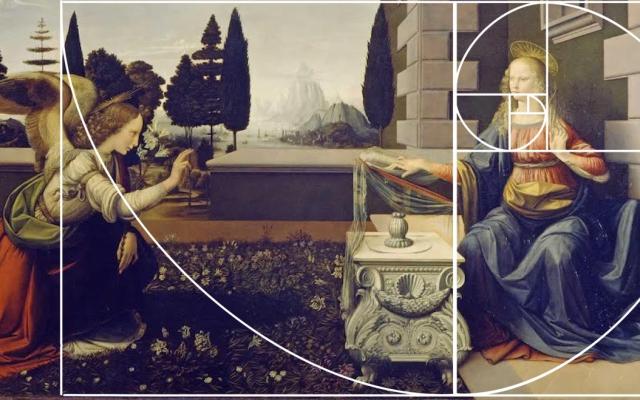Golden Eggs & Better Telescopes
You may not have heard of Alan Kay, but you’ve used his ideas. Kay is an American computer scientist who contributed major parts of some of the biggest ideas in human-computer systems, like graphical user interfaces. Kay and colleagues like Douglas Engelbart were part of the “golden age” of computer innovation, when teams of researchers got lots of support and freedom not only to solve defined problems but also to identify new ones.
They got to do science like others do art, without being tethered to the past and without having to make industrial promises. In Kay’s own words (read the full excepts here):
The “golden age” funding included a lot of funding for “problem finding” — which means the funders were not vetting specific proposals or funding “directed research”. The points of agreement were on a “vision of desired future states”, not goals or routes. An example of the vision was Licklider’s “The destiny of computers is to become interactive intellectual amplifiers for all humans, pervasively networked world-wide”. This vision does not state what the amplification is like or how you might be able to network everyone in the world.
The golden age funders gave the equivalent in today’s dollars of several million dollars a year for five years to about 20 principal investigators so they could set up groups (much of the fundamental creative work in computing requires 8 or more people working together).
























